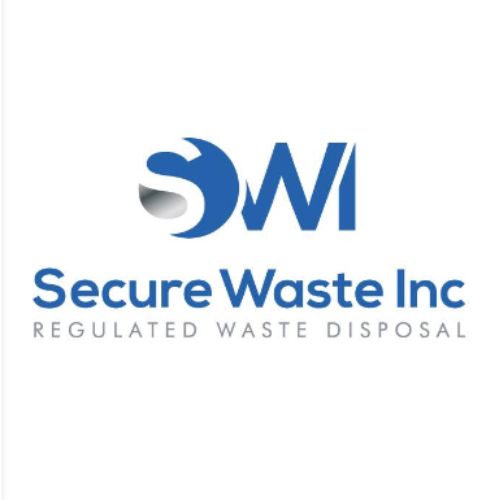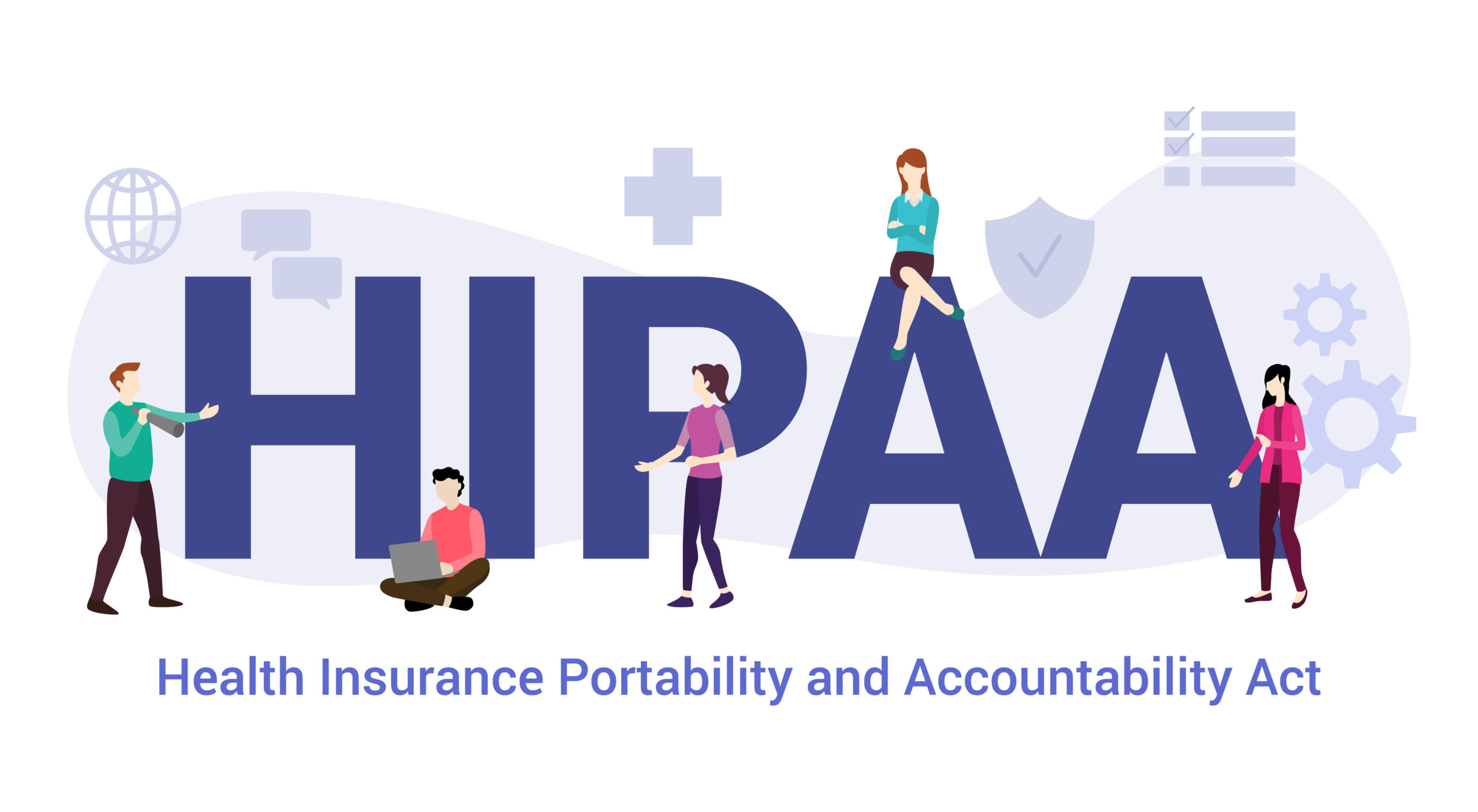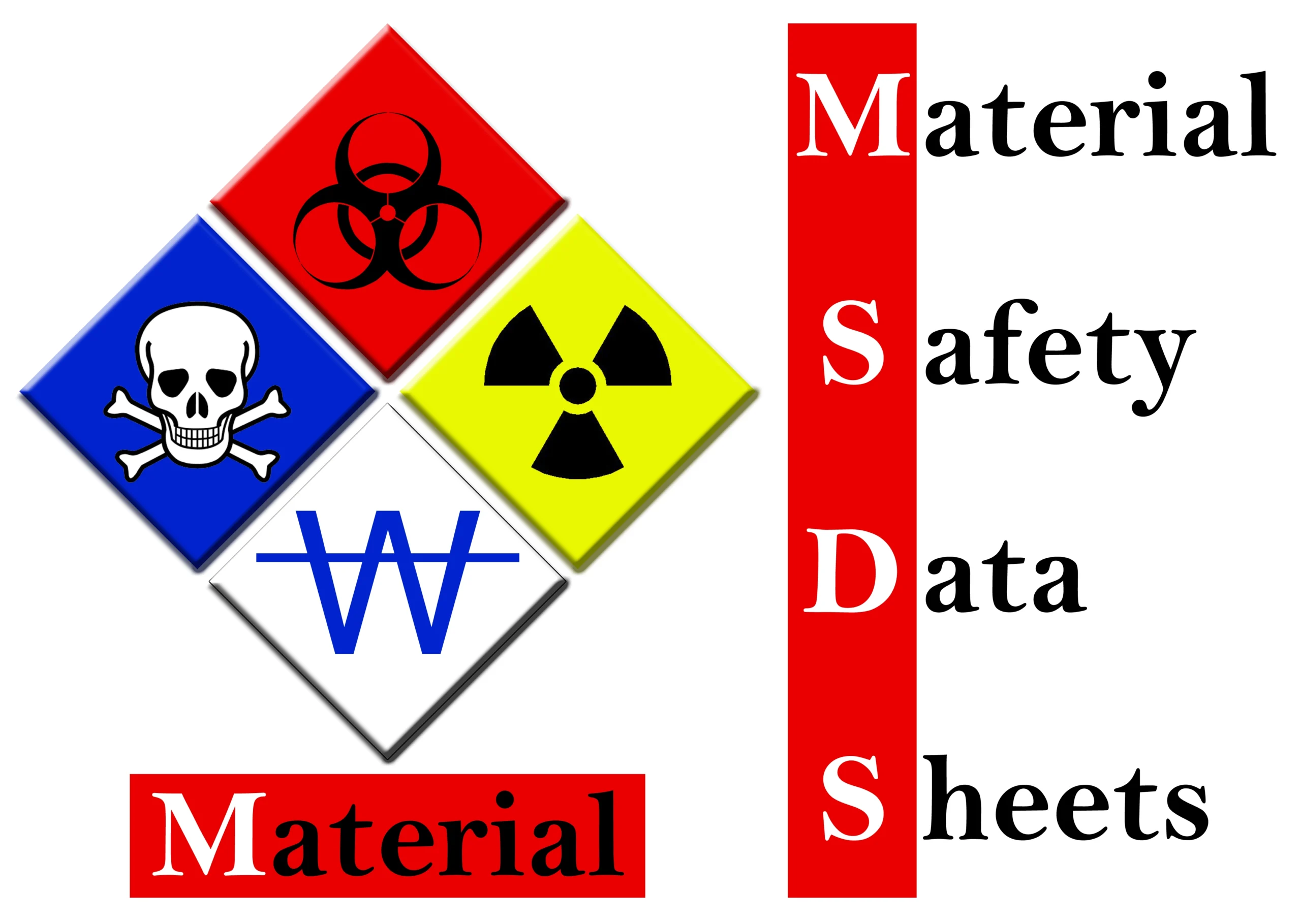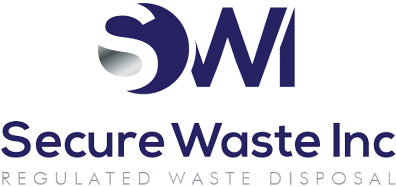Understanding HIPAA and Global Health Data Privacy
HIPAA (Health Insurance Portability and Accountability Act) is a U.S. law enacted in 1996 that sets the standard for protecting sensitive patient health information. Healthcare providers, insurers, and business associates must safeguard protected health information (PHI) through administrative, technical, and physical security measures. While HIPAA is a U.S. regulation, its core patient data privacy and security principles resonate globally. Around the world, countries have introduced their own laws inspired by these concepts. For example, the European Union’s General Data Protection Regulation (GDPR) views health data as a special, sensitive category that requires strong protection. In fact, the GDPR’s implementation in 2018 spurred many other nations and even U.S. states to update their privacy laws. No matter the locale, the message is clear: healthcare organizations must keep patient information confidential and secure at all times, including when disposing of records.
Why Secure Document Destruction Matters for Compliance and Privacy
Properly destroying medical documents isn’t just good practice – it’s often the law. Under HIPAA’s Privacy Rule, abandoning or tossing out patient records without safeguards is strictly prohibited. Improper disposal of PHI can lead to serious privacy breaches, identity theft risks, and regulatory penalties. For example, in one recent case, the U.S. The Department of Health and Human Services’ Office for Civil Rights (OCR) fined a medical practice $300,640 after patient lab specimen labels (with names and birthdates) were found in an open trash bin. OCR’s director emphasized that “improper disposal of protected health information creates an unnecessary risk to patient privacy”, urging that healthcare entities “take every step to ensure safeguards are in place” when discarding patient data.
The stakes are high because medical records are goldmines for identity thieves. Stolen health data often contains personal identifiers, insurance details, and medical history, which criminals can exploit for fraud. In black markets, medical information bundled with someone’s personal identifiers can be worth four to five times more than basic personal data alone. Thieves can use such data to commit insurance fraud, obtain prescription drugs, or impersonate patients – crimes that may go undetected for longer than, say, credit card fraud. According to Experian’s data breach experts, millions of individuals each year become victims of medical identity theft, with life-altering consequences. Thus, failing to shred or securely destroy a patient’s file could mean exposing them to financial ruin or health risks if that information falls into the wrong hands.
From a compliance standpoint, regulators treat negligence in document disposal very seriously. Large and small healthcare organizations have been penalized for dumping sensitive files in regular trash. A notable example was pharmacy chain CVS, which in 2009 paid a $2.25 million settlement after an investigation found it had disposed of old prescriptions and labeled pill bottles in unsecured dumpsters. More recently, the OCR has continued to issue enforcement actions for disposal-related HIPAA violations. These cases underscore that authorities worldwide will not hesitate to impose hefty fines and penalties on those who don’t correctly handle patient information. Beyond fines, organizations suffer reputation damage, loss of patient trust, and potential civil lawsuits when private health data is exposed. In short, secure document shredding and disposal are critical to compliance and risk management in healthcare.
Types of Healthcare Documents That Require Secure Destruction
Healthcare organizations deal with many documents containing PHI, which must be securely destroyed when no longer needed. Any paper or physical medium that includes patient-identifiable information should be treated as sensitive. This goes far beyond just hospital charts or doctors’ notes. Examples of documents and materials that require secure shredding or destruction include:
- Patient medical records and charts: Doctor’s notes, surgical records, dental records, vaccination forms – any clinical documentation with patient details.
- Lab reports and test results: Diagnostic test printouts, lab result copies, imaging reports, etc., often contain names, dates, and health data.
- Billing and insurance information: Insurance claim forms, invoices, billing statements, explanation of benefits (EOB) documents, and payment records link patients to treatments and finances.
- Prescription documents: Pill bottle labels, pharmacy printouts, and prescription pads with patient names or Rx information. (Even empty prescription bottles with labels are considered PHI and must not be thrown in the trash.)
- Identification items: Hospital identification bracelets, patient wristbands, or any tagged items from a medical visit that bear personal data.
- Referral letters and reports: Any correspondence between providers that includes patient info.
- Old appointment books or schedules: These can contain names alongside medical appointments or procedures.
- Ancillary service records: Documents from physical therapy, laboratory, radiology, etc., including sign-in sheets or consent forms with patient details.
It’s important to remember that PHI isn’t limited to paper. X-rays and medical images, for instance, or ID cards and photographs could reveal patient identities and diagnoses. Even electronic media (hard drives, USB drives, CDs) that store health information fall under privacy regulations – though those require a different destruction process (more on that later). The key point is that if a document or item has patient-identifiable health information, it must be disposed of securely. Simply tossing any of the above into a regular trash or recycling bin is a recipe for a breach. Regulators warn that “a covered entity may not dispose of PHI in dumpsters or other trash receptacles accessible by the public or unauthorized persons”. That means no loose medical papers in the trash, no unlabeled boxes of files left at the curb, and no throwing out pill bottles or ID bands with legible info. Every piece of confidential health data must be rendered unreadable and unrecoverable.
Compliant Methods for Shredding and Destroying Medical Records
What does it mean to render PHI “unreadable and indecipherable” when disposing of it? In practice, it means using secure destruction methods that permanently destroy the information. HIPAA does not mandate one specific destruction technique but provides guidance and flexibility for covered entities to choose appropriate methods. For paper records, the consensus best practice is shredding. HHS guidance suggests shredding, burning, pulping, or pulverizing paper so that PHI “is rendered essentially unreadable, indecipherable, and otherwise cannot be reconstructed.”. Most healthcare organizations opt for shredding because it’s efficient and cost-effective. High-security cross-cut shredders can turn paper into confetti-like pieces, making reconstruction virtually impossible. Other paper destruction methods include incineration (burning documents in a controlled environment) or pulping (using chemicals and grinding to turn paper into a slurry). Whichever method is used, the goal is the same – no one should ever be able to retrieve patient data from a disposed document.
For non-paper items containing PHI, equivalent destruction measures are required. Plastic prescription bottles or patient ID cards should be shredded or crushed. Items like medical wristbands can be sliced or shredded. In healthcare facilities, it’s common to use designated secure disposal bins for PHI – for example, locked containers where staff deposit papers and labels, which a shredding vendor later collects for destruction. Electronic media (like hard drives, USB drives, CDs, etc.) must also be disposed of so that data cannot be recovered. This might involve degaussing (demagnetizing) magnetic media, wiping or overwriting data with specialized software, or physical destruction such as hard drive shredding and crushing. Even devices like photocopiers and fax machines, which may store images of documents, should have their storage wiped or destroyed at end-of-life as part of a comprehensive disposal plan.
A crucial aspect of compliant destruction is having clear policies and trained staff. HIPAA requires covered entities to establish guidelines for the final disposition of PHI and to train their workforce on proper procedures. This means defining how and when documents should be destroyed, using the right equipment or services, and ensuring staff know not to bypass these steps. For example, every employee should understand that a patient file must go into a secure shred bin – not a regular trash can – once its retention period is over. Regular training and internal audits can help reinforce these practices. In addition, if a healthcare provider plans to reuse or recycle paper or devices, they must ensure no PHI remains on them (often by sanitizing or clearing the data).
Many organizations turn to professional document destruction services to handle this process. Under HIPAA, an outside shredding or disposal company can be used, but only with proper safeguards. Specifically, the contractor must sign a Business Associate Agreement (BAA) acknowledging their responsibility to protect the PHI they handle. A reputable shredding service will provide secure, locked collection bins, pick them up on schedule, shred the contents (often on-site via a mobile shredding truck or off-site at a secure facility), and then provide a Certificate of Destruction for your records. According to HHS, it’s acceptable for a covered entity to hire an outside vendor to handle PHI disposal – for example, to pick up paper records and shred or pulp them – as long as a BAA is in place to ensure HIPAA compliance. This agreement binds the vendor to the same privacy and security standards, meaning they can face penalties if they mishandle the data. In short, whether you destroy records in-house or partner with a certified shredding service, the processes must meet HIPAA’s standard of making the information irretrievable.
Legal and Financial Consequences of Improper Disposal
Failing to shred or destroy medical documents properly can lead to severe consequences. The most immediate are legal penalties. In the United States, HIPAA violations (even if unintentional) can result in fines ranging from $100 to $50,000 per violation, capped at $1.5 million per year for identical abuses, and willful neglect can incur even higher fines or criminal charges. In cases of egregious mishandling, regulators have not hesitated to levy multi-million dollar penalties. We saw this with the CVS case ($2.25 million for improper disposal) and other enforcement actions. Another pharmacy chain, Rite Aid, was fined $1 million in a similar dumpster disposal settlement, and smaller clinics have faced penalties in the tens or hundreds of thousands of dollars for throwing away patient records without safeguards. The cost of remediation accompanies the financial hit from fines – organizations may be required to implement corrective action plans, pay for credit monitoring for affected patients, and absorb legal fees if lawsuits arise.
Beyond direct fines, data breaches caused by improper document disposal can trigger a cascade of other costs. Under U.S. breach notification rules (and similarly under international laws like GDPR), healthcare providers must notify affected individuals and government authorities when unsecured PHI is exposed. The organization’s reputation can be significantly damaged as these incidents become public. Losing patient trust can result in patients switching providers and declining business. Additionally, there may be civil litigation; patients whose data was exposed might sue for damages, especially if they suffer identity theft or privacy harms.
In some countries, the consequences can be even more stringent. The EU’s GDPR, for instance, applies to all personal data (including health data) and empowers regulators to issue fines up to €20 million or 4% of a company’s global annual turnover – whichever is higher – for serious violations. That could dwarf HIPAA’s fines. While GDPR covers digital data extensively, the principles also extend to physical records: organizations must implement appropriate measures to protect data through its lifecycle, including disposal. In fact, there’s a growing global trend toward stricter data protection enforcement. Regulators worldwide are levying steeper fines to address issues like data breaches and privacy violations in healthcare. For example, healthcare providers in the UK have been fined by the Information Commissioner’s Office (ICO) for leaving patient files in unlocked dumpsters or losing physical records, citing GDPR and national health privacy laws. The clear message: whether under HIPAA, GDPR, or other regulations, improperly disposing of sensitive health documents can land organizations in serious trouble – legally and financially.
There’s also the human cost to consider. When patient records are exposed, patient privacy is violated and can lead to tangible harm. Identity theft stemming from healthcare data can ruin credit scores and finances. Sensitive information (e.g., mental health diagnoses, HIV status, etc.) being leaked might lead to stigma or discrimination against individuals. In one illustrative comment, a security expert noted that victims of medical identity theft often feel “shattered” – they may struggle to get medical care or insurance, and spend years untangling false records or bills in their name. No healthcare organization wants to be the cause of such harm. Thus, the cost of investing in secure shredding and strict disposal policies is trivial compared to the price of a breach in monetary and human terms.
Global Trends in Healthcare Data Security and Document Destruction
Data security threats are rising across the healthcare industry globally in an increasingly digital world. High-profile cyberattacks tend to dominate headlines – ransomware crippling hospital systems, hackers stealing millions of electronic health records – but it’s essential not to overlook the old-fashioned risks of paper records in the wrong hands. Globally, healthcare providers recognize that data protection requires a 360-degree approach covering cybersecurity and physical record security. Trends over the past decade show healthcare as one of the most targeted sectors for data breaches. Even as some countries modernize and digitize health systems, securing data throughout its life remains challenging. In 2014, for example, breaches at healthcare institutions accounted for over 42% of all reported data breaches across industries (more than the business and financial sectors combined). This included a mix of digital hacks and improper handling of records. Fast forward to recent years, and while hacking has exploded as a threat, improper disposal incidents still occur (though improved awareness and digital record-keeping have led to a downward trend in paper-related breaches in some regions).
Regulators and industry groups worldwide are pushing for stronger safeguards. The global movement toward stricter data privacy laws – from GDPR in Europe, Canada’s health privacy statutes, Australia’s Privacy Act, and health record rules – all emphasize accountability for how personal health data is stored and destroyed. Many nations have adopted regulations on data retention periods for medical records, after which those records should be securely disposed of. For instance, European healthcare providers must heed GDPR’s “data minimization” and “storage limitation” principles, ensuring they don’t keep personal data (including physical files) longer than necessary, and that they properly erase or destroy data once it’s no longer needed. In Germany’s 2020 Patient Data Protection Act, there are provisions to move to electronic records, but also clear obligations to protect and control all patient data, giving patients the right to delete their data when appropriate. In the Asia-Pacific, countries like Singapore and Australia have tightened rules around healthcare data disposal following incidents of records found dumped improperly. Across the board, healthcare organizations are expected to establish robust data destruction programs as part of their compliance regimes.
International standards and certifications are also reinforcing these practices. For example, the International Organization for Standardization (ISO) has guidelines for information security management (ISO/IEC 27001), including data disposal controls. In the document destruction industry, certifications like NAID AAA (issued by the International Secure Information Governance & Management Association) have gone global, auditing shredding providers on their security procedures. All these trends point to a common goal: to prevent sensitive health information from leaking at the end of its lifecycle. Whether a clinic is in New York or New Delhi, patients and regulators expect their private medical details to remain private – from the moment of creation to the moment of disposal. Adopting HIPAA-level diligence in document shredding can be a model for compliance anywhere. Safeguarding patient information is a universal responsibility, transcending borders and regulations.
Choosing a Trusted Shredding Partner for Compliance
Given the complexity of handling medical records securely, many healthcare organizations partner with specialized shredding and waste management companies to ensure compliance. The right partner will destroy documents and provide peace of mind that everything is handled entirely compliantly, verifiably, and securely. When choosing a shredding service, healthcare providers should look for a company experienced in medical record destruction and familiar with regulations like HIPAA – effectively, a company that treats your documents as carefully as you do. Key considerations include:
- HIPAA Compliance: The provider should explicitly follow HIPAA rules (or relevant local laws) and sign a Business Associate Agreement, as mentioned earlier, to assume responsibility for protecting PHI.
- Security Measures: Check that the company uses sealed collection containers, secure chain-of-custody processes (e.g., locked trucks, GPS tracking), and that their staff are background-checked and trained in handling confidential information.
- Certifications: Certifications such as NAID AAA or ISO information security certification indicate the provider meets high standards for secure destruction.
- Destruction Methods: Ensure they offer appropriate destruction methods for all media—from paper shredding (preferably cross-cut) to hard drive destruction—and that shredded material is handled correctly (e.g., recycled or incinerated) after destruction.
- Proof of Destruction: A trustworthy service will issue Certificates of Destruction for each job, documenting the date and method of destruction, which you can keep on file for compliance records.
- Flexibility and Scale: Consider whether you need on-site (a mobile shred truck that shreds at your location) or off-site shredding, and find a provider capable of your volume—be it one-time purge shredding of stored archives or scheduled routine service.
Outsourcing to a reliable partner means healthcare facilities can focus on patient care, knowing that old charts, forms, and files are being disposed of properly. However, remember that your organization has the ultimate responsibility for compliance, so choose your vendor carefully and continue to enforce internal protocols (like making sure staff actually use those shred bins!).
Secure Waste – Your Partner in HIPAA-Compliant Document Shredding (Call to Action)
Secure Waste is the trusted expert you can count on when protecting patient information through secure document destruction. We are a dedicated medical waste management and document shredding company that understands the unique compliance needs of the healthcare industry. We ensure that all your sensitive records are destroyed beyond recovery, helping you maintain full HIPAA compliance and safeguarding patient privacy every step of the way. With Secure Waste, you get the convenience of professional shredding services backed by the confidence of strict security protocols and regulatory knowledge.
Don’t take chances with your healthcare data. Secure Waste offers HIPAA-compliant shredding solutions tailored to hospitals, clinics, pharmacies, and healthcare organizations worldwide. Whether you have outdated patient files, billing records, or any PHI-containing documents, our team will handle them securely and provide you with a Certificate of Destruction for your records. Protect your patients and your practice from the risks of improper disposal. Contact Secure Waste today at 877-633-7328 or visit our website at securewaste.net to schedule secure medical document shredding services that keep you compliant and give you peace of mind. Let Secure Waste help you dispose of PHI the right way – safely, legally, and securely – because your patients’ privacy is worth it.

Expert Medical Waste Management: With over 25 years of industry experience, Secure Waste is a trusted local leader in hazardous and biohazardous waste disposal across Maryland, Virginia, and Washington, D.C. Specializing in medical waste management, sharps needle disposal, and biohazard waste removal, the company ensures full compliance with federal, state, and local regulations while prioritizing environmental sustainability.
The company also offers additional services, including secure document shredding and sharps container sales, providing comprehensive solutions for healthcare facilities and businesses. Our cost-effective services help clients maintain regulatory compliance without unexpected costs.
With a commitment to customer satisfaction, Secure Waste offers tailored waste management plans that align with industry best practices. Their team of experts provides reliable, timely, and compliant services, making them the preferred choice for medical waste disposal. For a free waste quote or more information, visit www.securewaste.net






